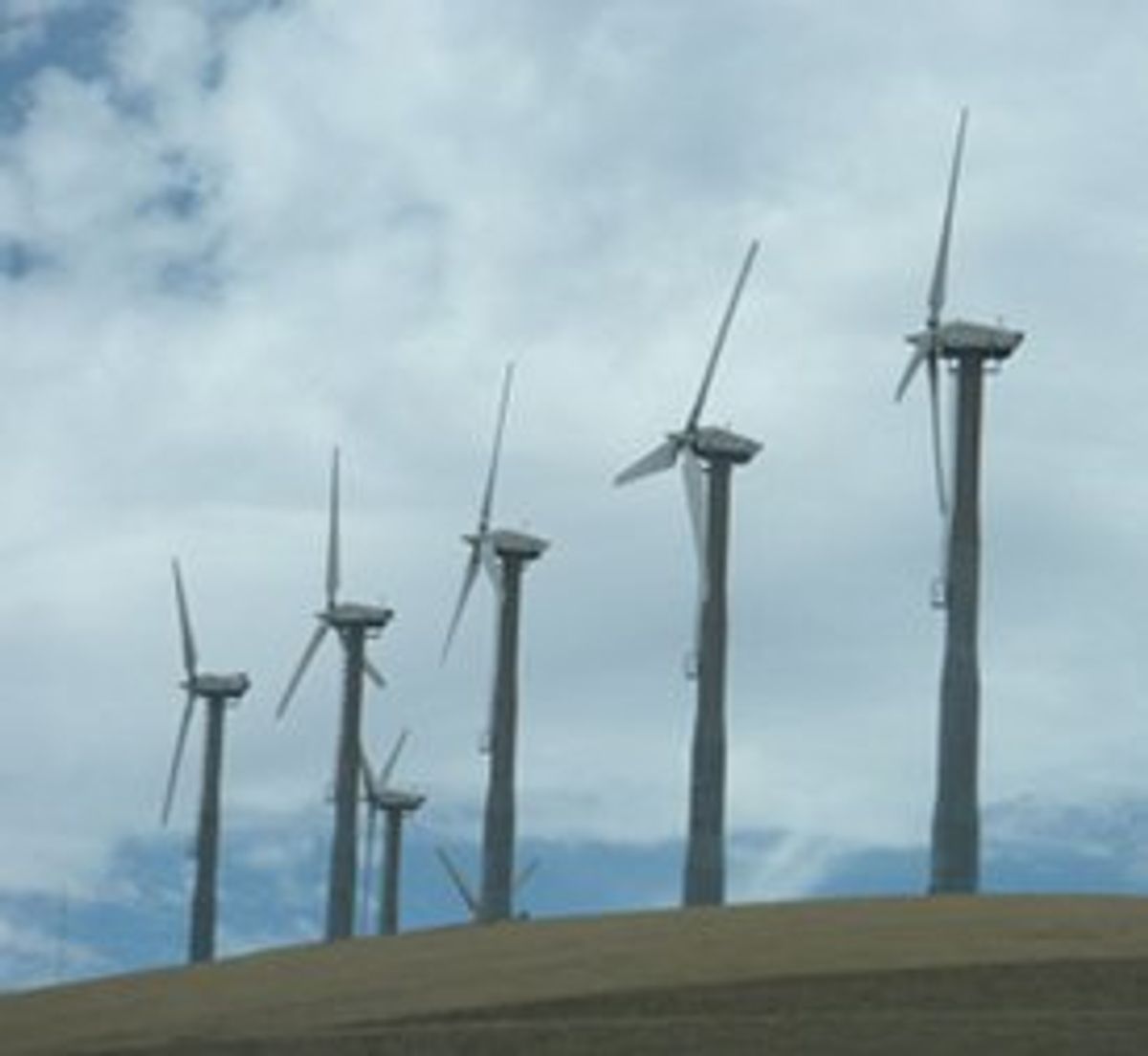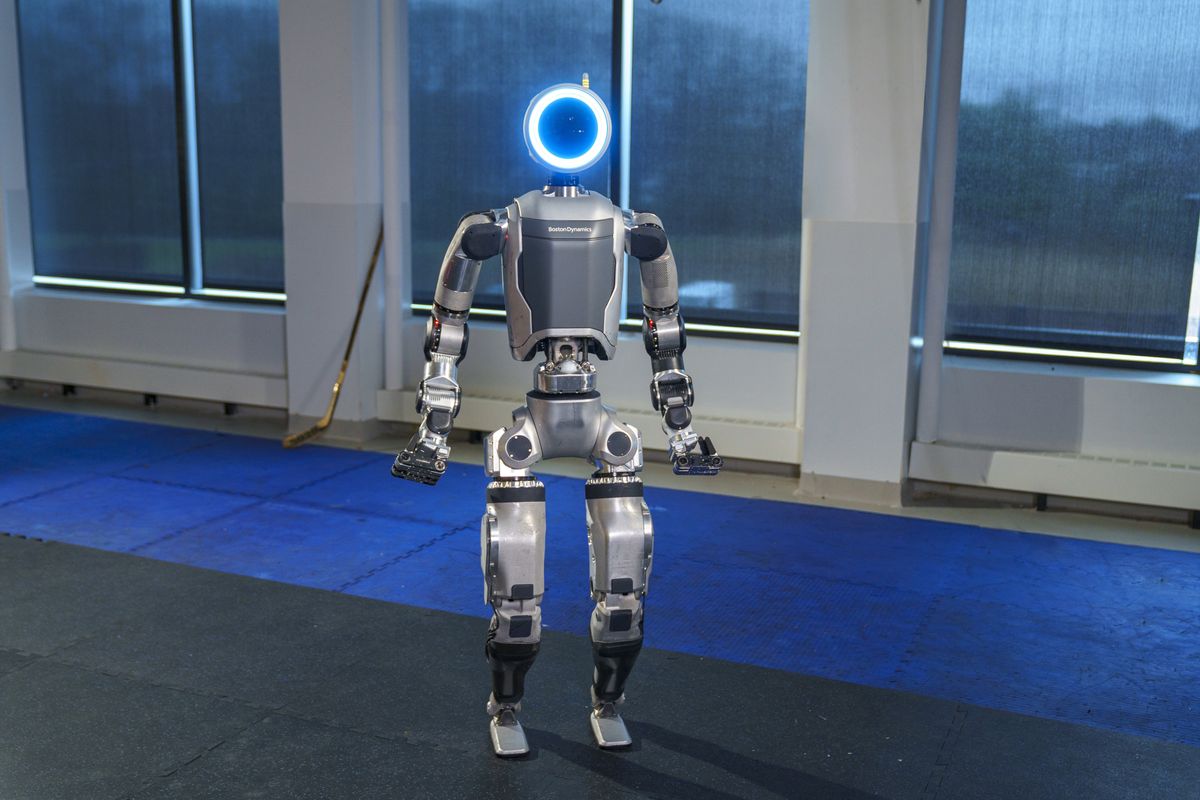In a presentation at an American Physical Society meeting this week, Johns Hopkins researcher Charles Meneveau discussed work on an algorithm designed to optimize the placement of turbines in a wind farm. Among the findings -- which are based on computer modeling of the flow of air around spinning turbines -- is that generally we've been placing them too close together.
According to a press release, large turbines (of the five-megawatt variety) should be separated by 15 rotor-diameters rather than seven, which is commonly used today. Turbulence created by the spinning blades creates a situation where the speed and direction of the wind is muddied, meaning that turbines placed close together might not be creating as much energy as they could at slightly larger spacings.
This isn't the first research looking at how to get the most out of a lot of turbines placed close together. Earlier this year, investigators in Spain published a paper in Renewable Energy on an algorithm designed to optimize wind farm arrangement. All of this work is a crucial step in improving wind power's overall viability: the continuing effort to bring the cost-per-kilowatt down into fossil fuel range will make each new wind farm that much easier to build.
(Image via Wikimedia Commons)
Dave Levitan is the science writer for FactCheck.org, where he investigates the false and misleading claims about science that U.S. politicians occasionally make.




